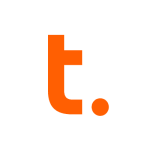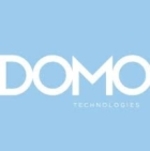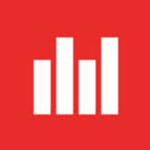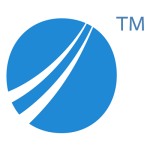Pros:
- Tableau can be used to retrieve data from multidimensional relational databases, spreadsheets and from cloud databases.
- Simple to develop worksheets and dashboards.
Cons:
- Didn't come across any yet, but yet we are still trying out many features.
Deployment:
Deployment was very easy and went through the installation videos and documentation prior to installation.
The training documents that are available online are very detailed and interactive. The instructors were very clear and concise in their presentations and demos and it was very easy to understand.
Business Metrics:
We have implemented dashboards for web analytics and were able to analyze the international market potential for our future product line, and reorganized the key team players to implement the product, reducing costs by resource allocation and targeting key countries for launching the products.
We have also implemented financial metrics dashboards, and were able to restructure resources, discontinued under-performing products, and shifted focus towards potential future products to be developed and implemented. We saved resource and project costs from discontinuing some products and cutting operating costs to become more profitable.
Alternate Vendors:
We did consider Oracle OBIEE, but the cost and functionality we need for our business is adequate with Tableau.
















